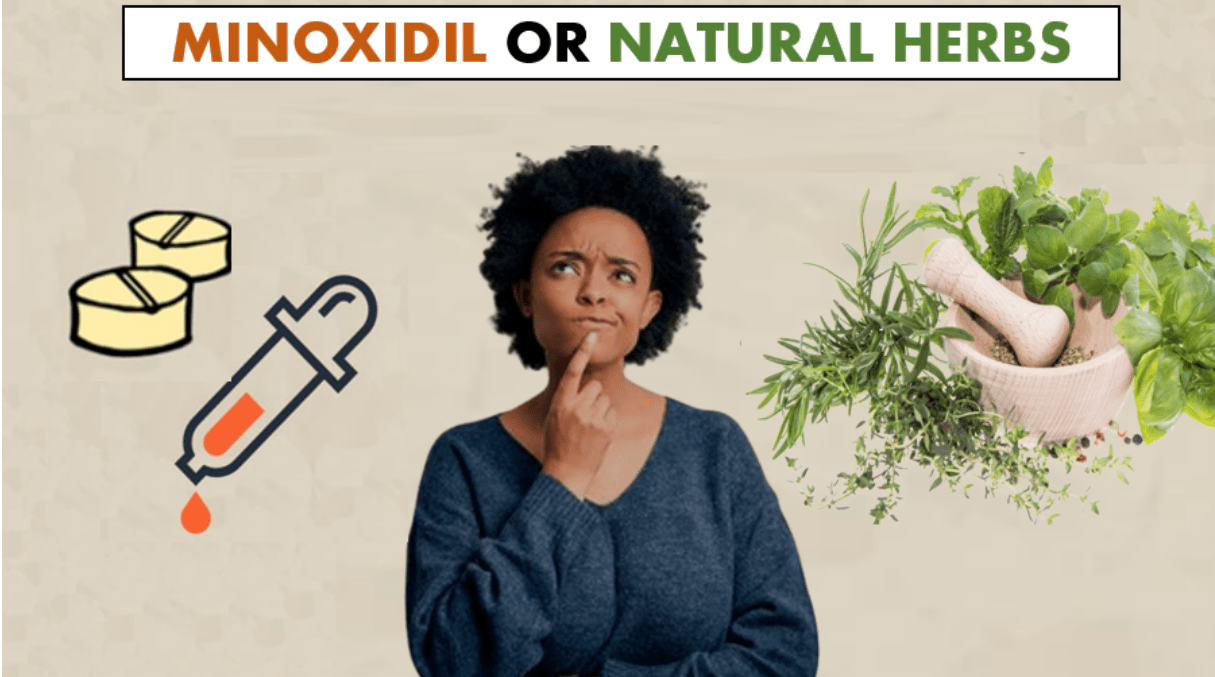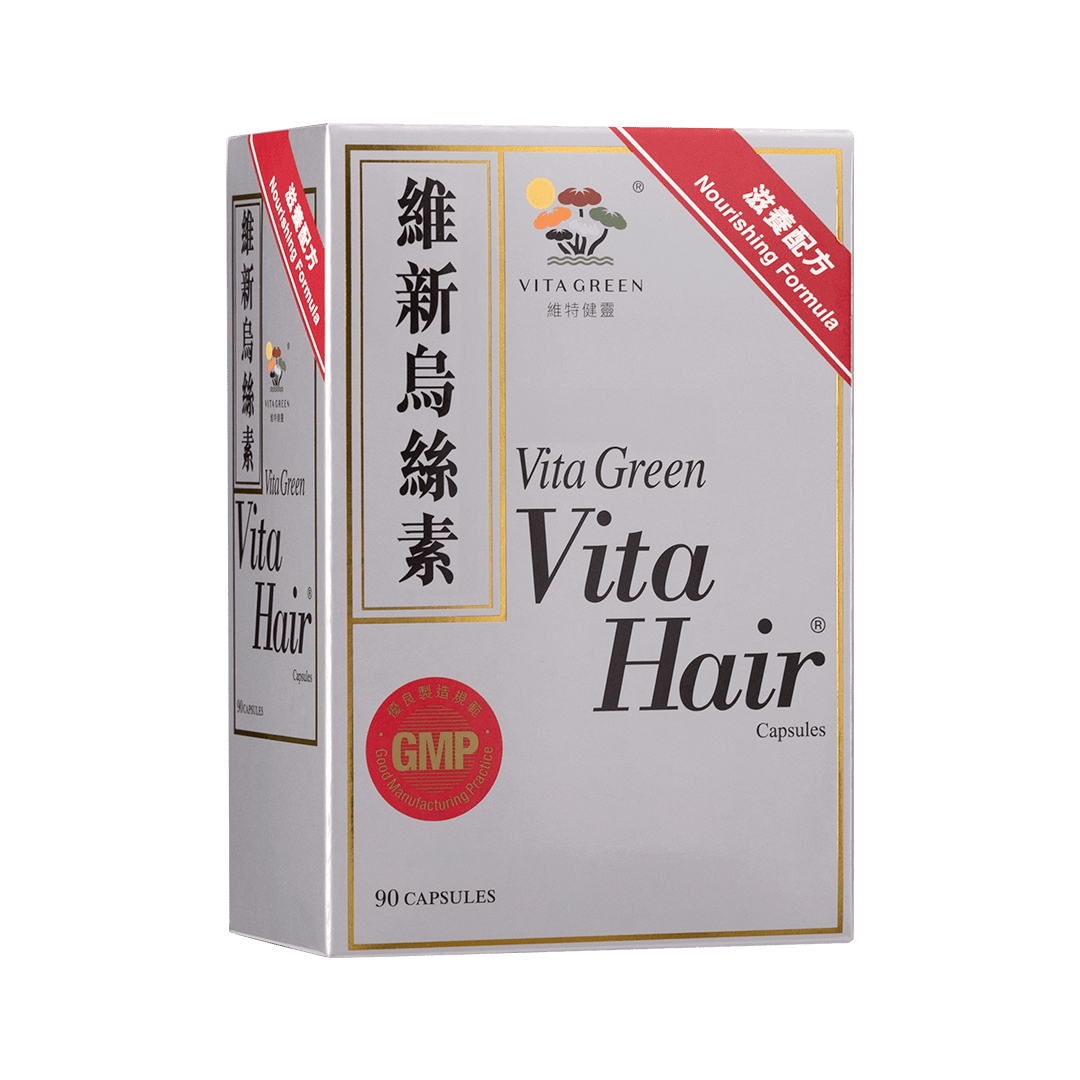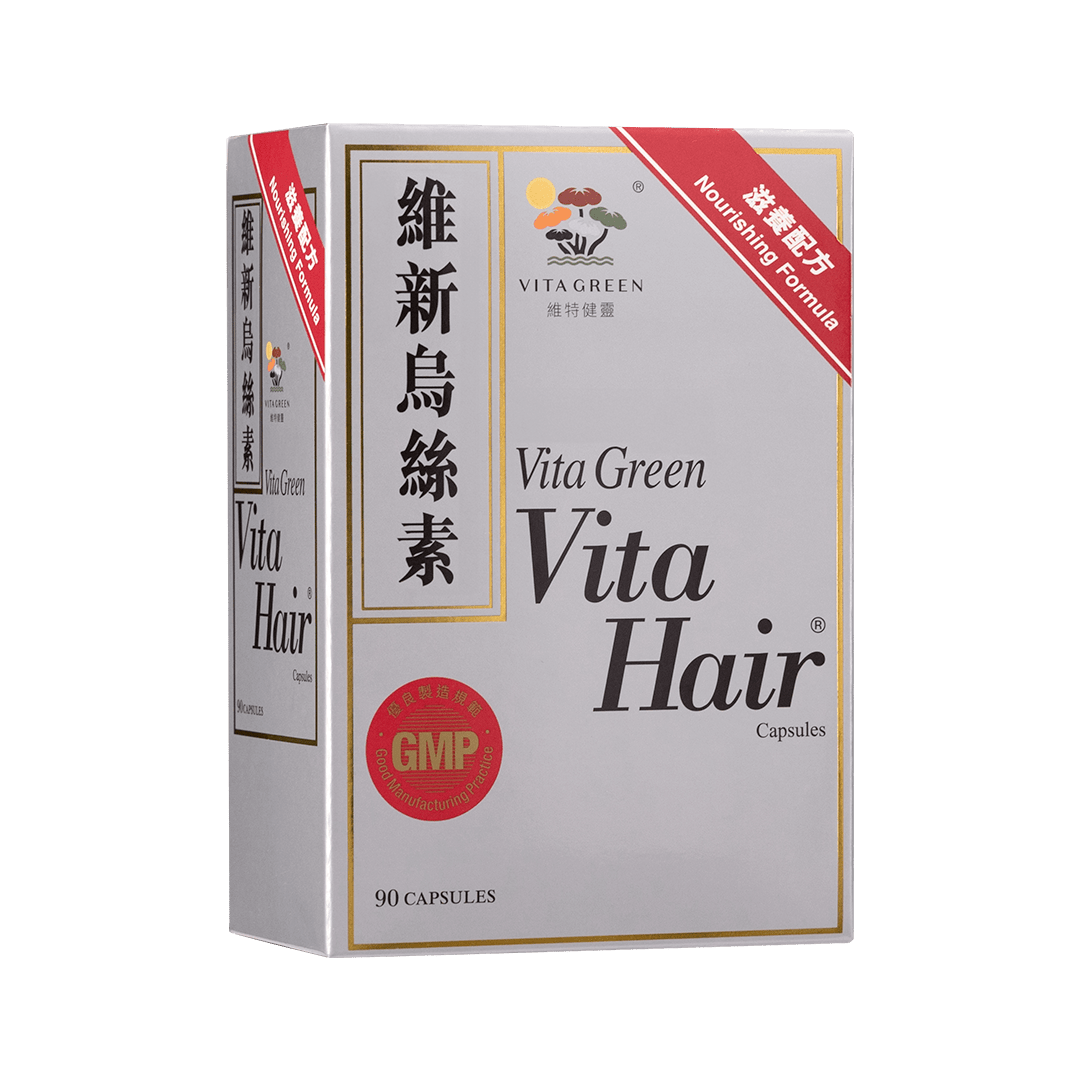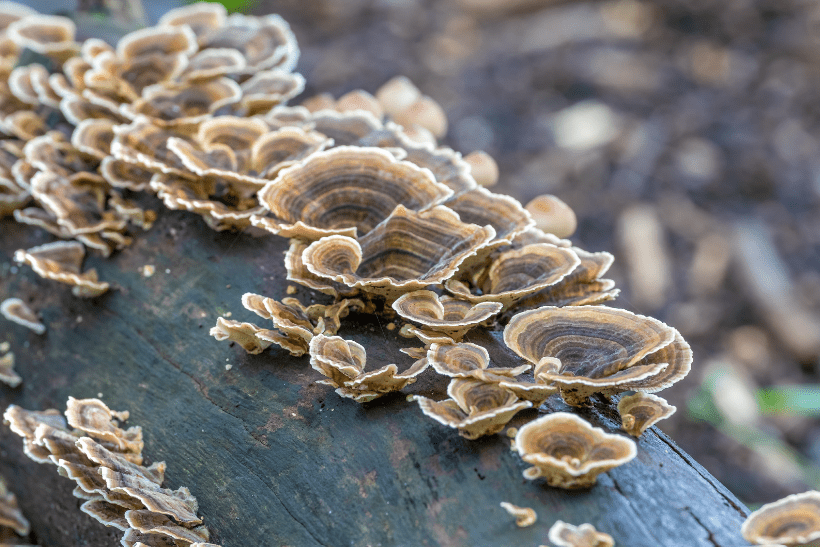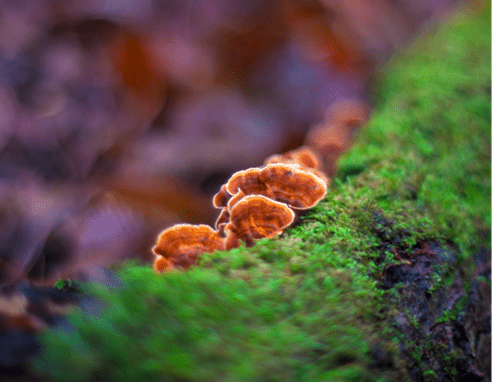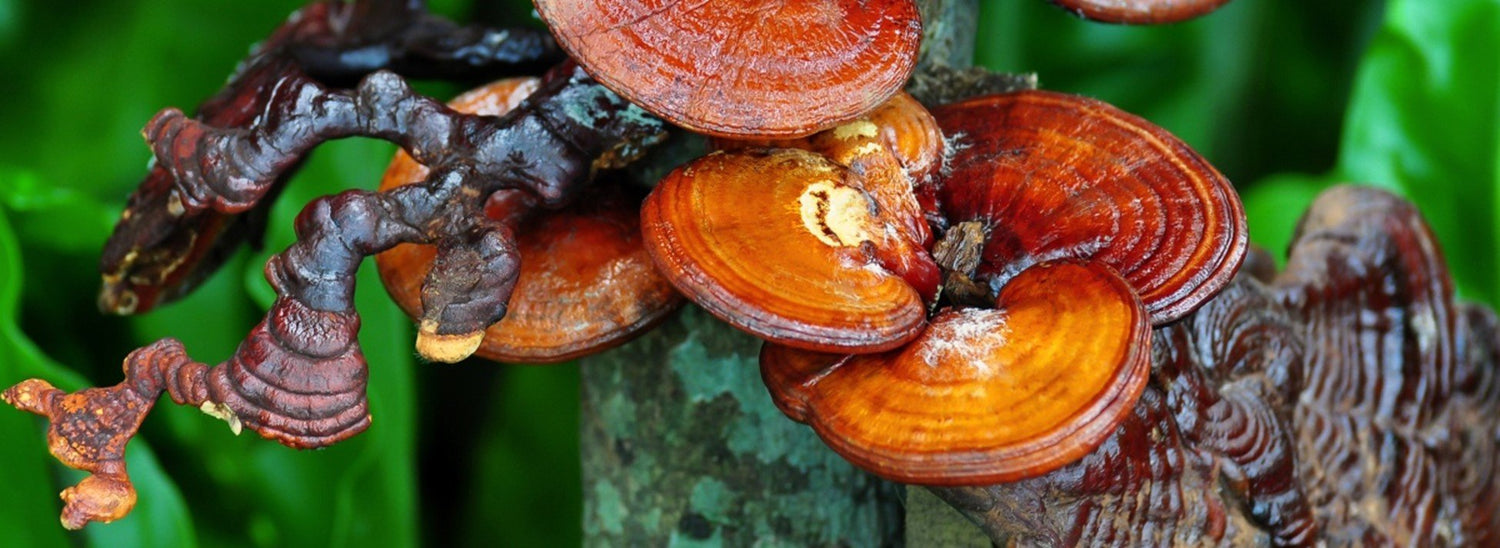In today's society, it seems as if having a full head of hair is more important than ever. As hair is often seen as a sign of beauty and youth. So, what happens when you start to lose your hair? Whether it's due to genetics , age, or another factor, hair loss can be extremely frustrating and discouraging. Hair loss comes in variety of forms and types, and so does the treatments for it. There are oral, topical, surgical therapies, and herbs available that people can choose from.
In this article, we'll discuss the various types of remedies to help you choose the right treatment. So, if you're experiencing hair loss, read on for more information about the best way to help treat your hair loss without experiencing any side effects.
What is Minoxidil?
Minoxidil was first established as an edible drug for the treatment of high blood pressure in 1970s. Minoxidil is a vasodilator, which indicates it widens blood vessels. This indicates it helps in the dilation (opening) of blood vessels, resulting in better blood f low. Doctors then observed a side effect of increasing new hair or darkening of body hair, which led to the invention of a topical minoxidil formulation for treating androgenetic alopecia (AGA), in men and women individuals. This is crucial because individuals with androgenic alopecia Have a lower blood supply to their scalp and hair (Klemp, P et al, 1989).
Minoxidil is available in two forms: topical and oral, although only topical minoxidil is available without a prescription.
Topical Minoxidill: Good Remedy but Not Benefit for Everyone
In 1986, the 2% minoxidil treatment was first introduced to the market to treat female androgenic alopecia, followed by the 5% solution in 1993 to treat male androgenic alopecia (Suchonwanit et al,2019). Topical minoxidil is an excellent remedy for hair loss,
This product is usually used on damp hair. WebMD suggest using topical minoxidil by:
- Filling the applicator with 1 millilitre of medicine (to the 1 millilitre line) or 20 droplets to use the solution.
- Then, brush your hair in the receding or thinning hair line and spread the solution thoroughly to the scalp's affected area. Massage in gently.
- Before applying any other hair products (such as gels or creams), make sure to let the solution fully dry first.
However, topical minoxidil May not be be be be be be punted. Many Patients Are DISSATISFIED DOE to the Product's Requirement to be used twice daiSant Hair Texture, and scalp dischate. In addition, research 2003).

WebMD Suggested: Unwanted Side Effects That Could Occur When Topical Minoxidil is Absorbed Through The Skin :
- Burning, stinging, or redness at the application
- unwanted facial/body hair ,
- dizziness or nausea
- irregular heartbeat,
- fainting , dizziness or chest pain ,
- Swollen and inflamed on hands/feet,
- unusual weight gain
- Difficulty breathing especially when lying down.
Many hair loss patients across the world have switched from topical to oral minoxidil PubMed searches The study shows that in recent years, people who have issues with topical applications used low-dose of oral minoxidil as an effective alternative to treat hair loss. But like any medications used, various side effects can occur when taking minoxidil.

What Research Says About Oral Minoxidil
A study on the evaluation of oral minoxidil in the treatment of alopecia areata has shown that the use of oral minoxidil of 5 mg twice a day and controlled sodium intake of 2g was studied in 65 patients with alopecial areata. Patients treated with oral minoxidil had a higher rate of hair regrowth than pa tients treated with 5% of Minoxidil Solution. However, only 18% of the patients showed a noticeable increase in terminal hairs with negative symptoms found such as headache, palpitation, and face hypertrichosis (Fiedler-Weiss, 1987)
Another descriptive study on: Findings on Low-Dose Oral Minoxidil for Female Pattern Hair Loss involved 148 women who have been diagnosed with female pattern hair loss (FPHL) medically. Patients were given oral minoxidil dosages ranging from 0.25 to 2mg for a period of 9 months. results revealed that 30 patients (20.3%) had their hair loss normalized, while the remaining 118 (9.7%) had developed improvement: 95 (64.2%) had a slight improvement and 23 (15.5%) had a significant improvement. (19%) of individuals experienced the most common side effect of hypertrichosis with other adverse effects including: tachycardia (2 patients), lower limb edemba and malaise in 1 patent with 3 (2%) patients that withdraw from treatment (Rodrigues-Barata, Rita, et al, 2020).

Oral Minoxidil Symptoms Include Hypertrichosis, Among Others
Another study found from multicentre study with a wide group of 1404 patients who participated and treated with low-dose oral minoxidil (LDOM) for at least 3 months with any types of alopecia—determined and evaluated the safety of low-dose oral minoxidil. This study had (943 women [67.2 %] and 461 males [32.8%]) of individuals, with an average age of 43 years (ranging 8-86) showed outcome of:
- 1% developed hypertrichosis-excessive hair growth anywhere in body
- 5% treatment discontinuation in 14 patients
- 7% light-headedness
- 3% fluid retention
- 9% tachycardia-irregular heart rhythm or increase of heart rate
- 4% headache
- 3% peripheral edema- puffy eyes
- 2% sleeplessness
Due to these severe side effects explained above, it led to drug discontinuation in 29 individuals (1.2%). There were no life-threatening side effects detected (Vañó-Galván et al, 2021).

What is The Difference Between Topical and Oral Minoxidil?
Minoxidil, whether used topically or orally, has the same fundamental role: to stimulate and enhance blood flow.
The difference between is that topical minoxidil is FDA-approved for hair loss treatment, whereas oral minoxidil is not. That is not because one is more efficacious than the other (although most studies indicate that oral minoxidil is more effective) but rather because topical has more data and research done behind it at the moment. Results from studies on: Minoxidil 1 mg oral versus minoxidil 5% topical solution for the treatment of female-pattern hair loss: a randomized clinical trial reveal that low-dose oral minoxidil provides improvement of female pattern hair loss that does not differ from topical minoxidil 5% solution. (Ramos, Paulo Müller, et al.,2020)
Another notable difference is that oral minoxidil is quicker to absorbed into the body. Oral minoxidil is absorbed from the stomach route, however when applied topically, it needs to soak through the epidermis on the scalp to reach the hair follicles. oral users had significantly greater blood levels of minoxidil than topical users.
Medications like minoxidil have been approved by the Food and Drug Administration of the United States (FDA, USA) to promote hair growth. However, the effectiveness of these drugs varies greatly among individuals, have unwanted side effects. Relatedly, many people who suff er from Alopecia hair loss are concerned about the side effects associated with conventional therapies, and complementary and alternative medicine (CAM) has thus been suggested as a new treatment for alopecia . In particular, traditional chinese herb is an important part of healthcare in East Asia, and it is commonly used to treat alopecia patients.

Chinese Herbal Remedies Recommended for Hair Loss --Without Side Effects
Both topical minoxidil and oral minoxidil are well-studied medicines that are generally considered safe. However, like other drugs using minoxidil as treatment for hair loss have various number of limitations. Their effectiveness and safety are debatable, and the time needed to fulfill the desired The result is both long and uncertain. This has raised attention in developing a new way to tackle hair loss by using treatments including herbs and or excluded active substances. Numerous research (mainly randomized, placebo-controlled) has been conducted on herbs and plant products to prove their efficacy in treating hair loss. (Zanoc, et al, 2020)
Radix Angelicae Sinesis (Female Ginseng)
Angelica is a plant and herb group that is widely used in traditional natural herbal medicine, especially in Asian countries. Herbal medications are made from the roots of various Angelica species. Radix Angelicae sinensis or as known as female ginseng is well-known for its beneficial properties and healing capabilities. The National Institutes of Health stated that A. sinensis root is used in traditional Chinese medicine, primarily for women's health The purposes are highly effective for preventing hair loss and boosting hair growth since it includes all of the vital nutrients including vitamin B, zinc, minerals, iron, and Ginsenosides. Ginsenosides are the major constituents of ginseng that enter the hair fiber directly and help to prevent hair concerns including thinning, greying, hair loss and baldness. It does not only promote healthy hair growth, but it is beneficial for various purposes including sup porting healthy blood circulation, hormonal balance, digestive support, liver detoxification and overall well-being.

Fo-ti (Radix ploygoni multiflora prepare)
Fo-ti or also known as Radix Polygoni Multiflori (RPMi) sa traditional Chinese herbal medicine with a long history in hair growth promotion and hair blackening. A study called Mechanistic Studies on the Use of Polygonum multiflorum for the Treatment of Hair Graying was done using double-blind, placebo-controlled and has shown that after taking P. multiflorum for 3 and 6 months, studies revealed a significant improvement during the treatment of hair loss (25 in 26 participants, 97%) and perceived hair appearance ( 20 in 26 participants, %). Furthermore, 77% of women who took polygoni multiflora reported “thicker hair,” which was rated as “significant” and “dramatic improvement”. Another study employing men and women who had hair loss due to age -related, stress, medication induce or received a standardized extract of PMR twice daily reported an improvement 91% for men and 87% for women after 1 month of treatment.

Fructus ligustri lucidi
Fructus Ligustri Lucidi (FLL) is the dried ripened fruit of Ligustrum lucidum and is a commonly used herbal medicine to cure and prevent a wide range of illnesses and diseases. According to Chinese traditional medicine theory, Fructus Ligustri Lucidi has the benefits of tonifying the middle five -zang Organs: the heart, lung, liver, spleen, and kidney. It may also be used to enhance vision, replenish the liver and kidneys, and promote the growth of black hair . Fructus ligustri lucidi promotes the growth of hair as it contains antioxidant qualities that is beneficial in improving the scalp's health as it helps eliminate and clear the toxins from the body and boosts the immune system and stimulates blood flow to the scalp .

Vita Hair has Those Herbs … and More--Without Any Side effects!
If you're exhausted and frustrated with the same old hair care treatments that don't work, have no results, or have various negative side effects, try giving these Chinese herbal ingredients for your hair loss problems a try. You can try Vita Hair product as it is a proven herbal supplement for faster hair growth, hair loss & thinning hair that merges the benefits of western science to redefine eastern herbal tradition as ancient Chinese herbal tradition. Vita Hair also uses 13 types of natural herbs As the key ingredients to improve blood circulation and nutrient supply to the hair follicles in order to grow longer and thicker hair, research shows that taking Vita Hair increased 60% more hair growth than the control group in 90 days. Begin utilizing these Chinese herbs or trying the Vita Hair herbal supplement which includes all these five Chinese herbal remedies: Reishi, Radix angelicae sinesis, Fo-ti (Radix ploygoni multiflora prepare), Herbal Eclipta prostratal, Fructus ligustri lucidi on a daily routine to discover and notice how much of a difference using herbs may achieve in a short amount of time.

Reference:
- Linman, Zeke. “What To Expect When Switching From Topical To Oral Minoxidil.” Prepare , Prepare, 26 Jan. 2021, https://www.prepareyourhair.com/post/what-to-expect-when-switching-from-topical-to-oral-minoxidil .
- Klemp, P et al. “Subcutaneous blood flow in early male pattern baldness.” The Journal of investigative dermatology 92,5 (1989): 725-6. doi:10.1111/1523-1747.ep12721603
- Linman, Zeke. “What To Expect When Switching From Topical To Oral Minoxidil.” Prepare , Prepare, 26 Jan. 2021, https://www.prepareyourhair.com/post/what-to-expect-when-switching-from- topic-to-oral-minoxidil.
- "Minoxidil Topical: Uses, Side Effects, Interactions, Pictures, Warnings & Dosing - WebMD." WebMD - Better Information. Better Health. , https://www.webmd.com/drugs/2/drug-3503/minoxidil-topical/details. Accessed 6 Apr. 2022 .
- Ramos, Paulo Müller, et al. "Minoxidil 1 mg oral versus minoxidil 5% topical solution for the treatment of female-pattern hair loss: a randomized clinical trial." Journal of the American Academy of Dermatology 82.1 (2020): 252-2 53 .
- Rodrigues-Barata, Rita, et al. "Low-dose oral minoxidil for female pattern hair loss: a unicenter descriptive study of 148 women." Skin Appendage Disorders 3 (2020): 175.
- Rundegren, Jan. “A One-Year Observational Study with Minoxidil 5% Solution in Germany: Results of Independent Efficacy Evaluation by Physicians and Patients .” Journal of the American Academy of Dermatology , Elsevier Inc., Oct. 2003, https:// linkinghub.elsevier.com/retrieve/pii/S0190962203036922.


